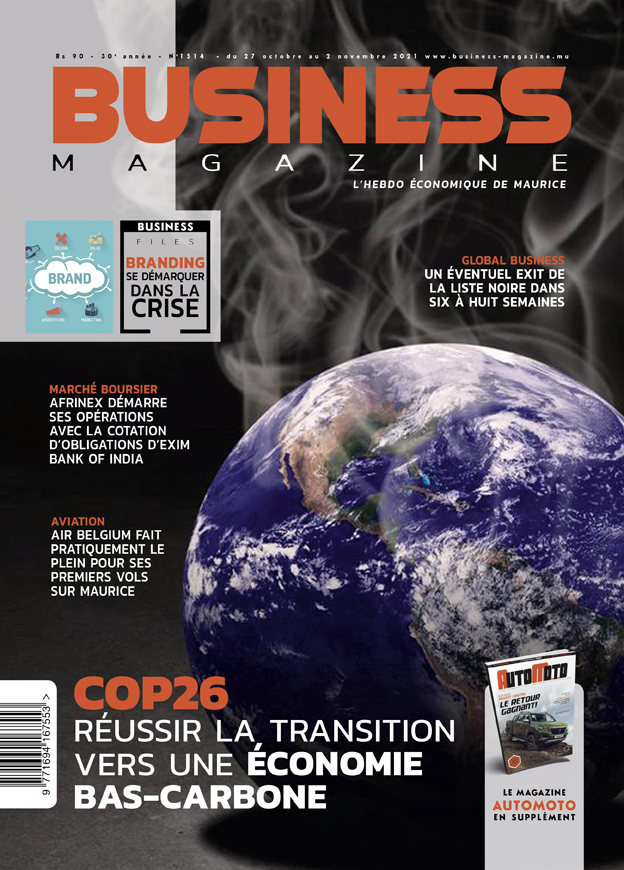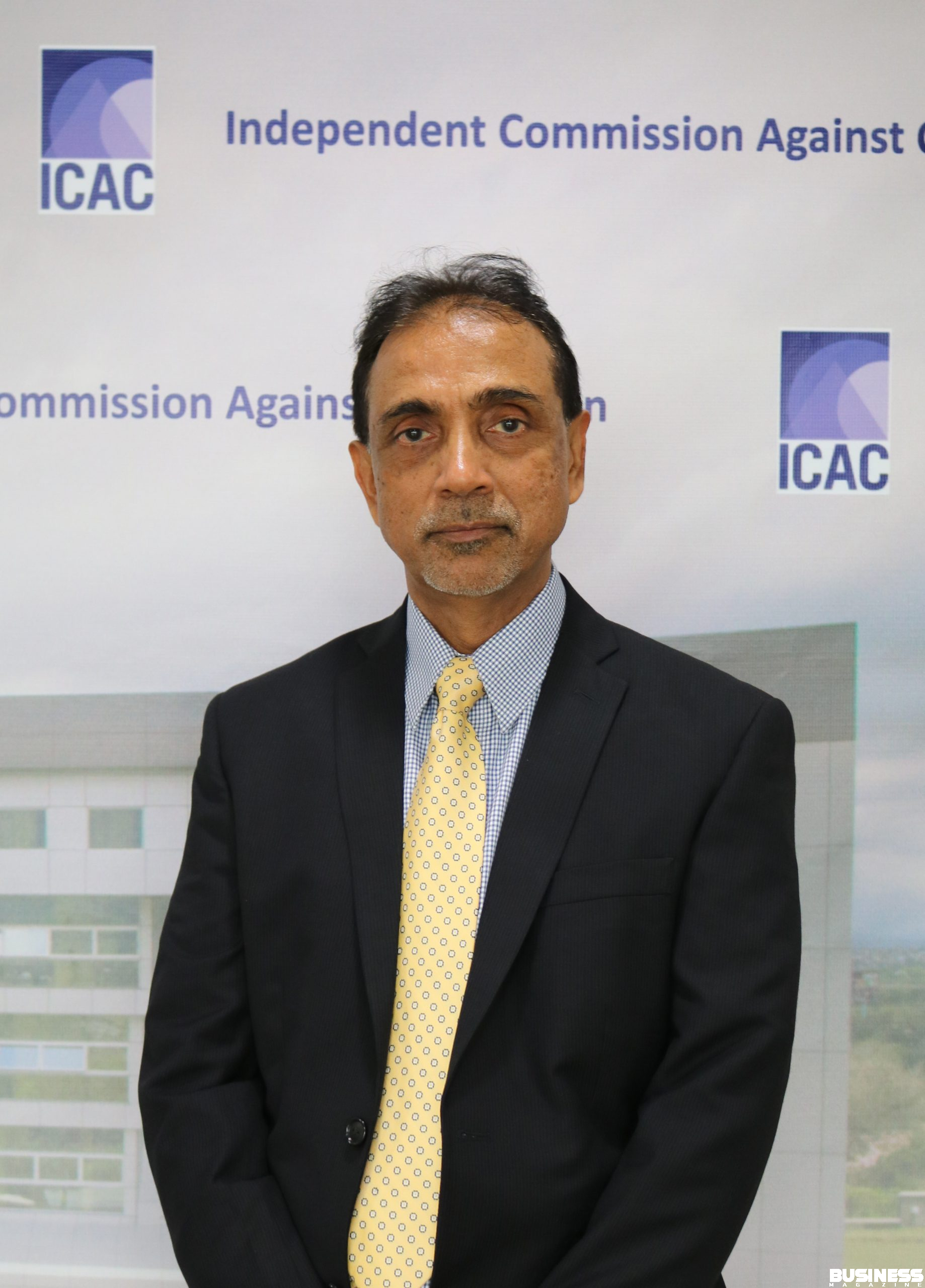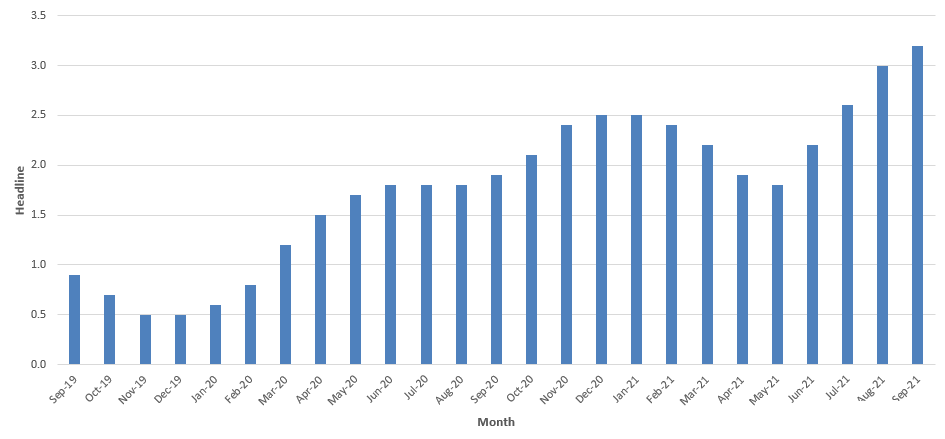What you’re not being told about the pay gap
Share

Pay inequality has been one of the most controversial public issues since the economic downturn. Research, books and protests have kept it in the front of people’s minds and in the headlines. But, says Caroline Piat, Regional Manager (Mauritius) from Hay Group, a lot of what’s being said is interpreted in ways that aren’t helpful or meaningful.
One of the most common methods of illustrating inequality is to show the increasing disparity between how much a CEO is paid and the average wage in the company. That disparity is even more striking if you compare it to the lowest earner in the company. Hay Group believes this comparison is over-simplistic. It doesn’t explain why the disparity is happening.
Shape problems
One of the main reasons why the disparity can be misinterpreted is that it partly relies on the shape of the company. A company that employs more people at a lower wage will have a higher disparity, especially if it is a multinational and working in markets with lower wage costs and lower cost of living.
But a company that doesn’t have that manufacturing or service level of employment will have lower disparity, even if the CEO earns more. So a company that has fewer people, but primarily hires skilled people (like a consulting firm, a law firm, or even an investment bank) will have much lower disparity, but may have CEOs who earn far more than in a manufacturing company.
Long-term view
Pay inequity isn’t purely a post-recession issue. These are trends that have been building for the last 30 years. And it has been happening during years of economic prosperity as well as during recession. So why has this been happening? At Hay Group, we believe it’s down to two of the global megatrends shaping the world of business today.
Globalisation has opened up new markets and workforces. In emerging markets, employees often earn less than those in mature markets (due to a lower cost of living), which can then in turn affect wages in the home markets. It has also led to companies becoming far larger, especially when mergers and acquisitions are taken into account. Bigger companies mean bigger responsibility for the top executives.
Digitisation has led to some jobs being simplified (or automated), but it has also led to a boom in the need for professionals to design and manage the global systems. It has made it easier for companies to be global, with improved communication. The combination of these two factors has led to start-ups being able to reach global audiences without the need for large numbers of people on the payroll, but it has also led to large corporations becoming more and more complex. Over time, we’ve seen higher level managers responsible for more and more people. So, in many large corporations, more is being done with less, which has contributed to pay being increased at the top end of the scale.
What skills are needed?
Part of the issue is the increased need for more skilled people to keep up with changes in technology and globalisation. At the same time, jobs that are routine and unskilled are being left out in the cold as they become less and less important – or completely redundant.
There’s a shortage of people with critical skills (like emotional intelligence, advanced situational judgment, creative or lateral thinking, or the ability to solve unprecedented or unusual problems). Because of supply and demand, organisations who need these roles filled will pay more for them. But it’s not just bottom-level roles that are being wiped out. Many former middle-management ones, such as legal executives or accountants have found the same end. What we’re actually seeing more and more of is the ‘hollowing out’ of companies. Due to fewer middle-management roles, higher level managers are seeing more complex work and responsibility than in past years. And the people that are able to deal with this responsibility are harder to find. Previous Hay Group data shows the ‘span of control’ of senior managers has considerably increased over the past few years.
Hay Group’s Pay Gap Analysis
Hay Group has looked into some of the trends which explain why the pay gap is growing, but we wanted to look more into the facts to understand if disparity is growing or declining, and see where it’s happening. One of the advantages of our remuneration databases is that we have globally consistent ways of measuring ‘seniority’.
Here’s what we looked at:
• The typical pay for someone paid on the lower end of the scale – not the absolute lowest, but a couple of steps up from there. This might typically be a skilled manual worker, a production supervisor in a factory, or a new graduate entrant to the workforce. We looked at the median base salary in the market for jobs at this level (Hay Level 10).
• We also looked at typical pay for a relatively senior worker – again, not the absolute highest, but a few steps down from the CEO. This would typically be a senior department manager (e.g. head of finance, or head of sales). Again we looked at the median base salary in the market for jobs at this level (Hay Level 20).
• We divided the senior manager salary by the lower level worker’s salary. This gives a ratio which answers the question “how much more does a senior manager earn, compared to a lower level worker?”
• We then compared this ratio in 2014, to the ratio in 2008, to see if the gap in pay is increasing or reducing.
What we found
• According to Hay Group’s method of analysis, the average pay gap ratio globally is 8.4 between senior managers and lower level workers.
• The gap in pay globally between senior and lower jobs has indeed risen since 2008.
• Of the 63 countries we looked at, two thirds have seen a rise in the pay gap. The other third, mainly in Europe, has seen a reduction in the pay gap.
• In the countries where it has risen, the rise was about 20 percent on average. Where it has fallen, it was by about 5 percent.
How does Mauritius compare to global trends?
According to Hay Group’s survey database in Mauritius, the pay gap ratio is 10.1. In 2008, this figure was 8.9. There has therefore been a 1.2 percent increase in the pay gap in Mauritius from 2008 to 2014.
Already higher than the global average, and increasing since 2008, there is evidently room for improvement in pay relativities if we are to achieve greater pay equity in the country. So what can organisations do to contribute to this?
1. Calculate your company’sPay Gap Ratio: See how your company’s pay gap ratio compares to local and international benchmarks. Has this pay gap ratio changed over time? Get on the front foot to explain the underlying trends.
2. Ensure Line Managers understand your pay philosophy:Hay Group’s research shows that most organisations have a pay philosophy but only a small portion of them have it written down, and even less feel that their Line Managers understand it. Ensure that your desired pay philosophy and principles are reflected in your organisation’s pay practices at all levels – are you walking the talk? Do your Line Managers align their pay decisions to your desired philosophy?
3. Be clear on your talent management needs:Speak openly about the skills that you need and the skills you expect you’ll need in the future. Understand how these changing demands on your workforce may impact on your remuneration philosophy and plan for them so you don’t find yourself fire-fighting and paying ‘whatever it takes’ when talent becomes scarce.
5. Build up a talent pipeline:Hay Group’s Best Companies for Leadership study shows that leading organisations develop the required skills internally (and promote from within). Not only is this often more reliable than going to the market to look for new skills, but it is a key driver of employee engagement and motivation. This can take the form of placements in different areas of the business to learn more diverse skills.
For further information on rewarding and developing your people, kindly contact Caroline Piat, Hay Group’s Regional Manager for Mauritius, on 572 98007.
}]








